Wall Ideas: Paint vs Wallpaper vs Original Materials vs Vinyl Films
/We all often feel the need for change, and transforming our spaces is the most obvious starting point. There are many different options and approaches and Di-Noc Architectural Films are the perfect solution. Let’s take an 8ft x 16 ft wall as an example and compare the most popular options using the following criteria.
Paint
People have been using paint to decorate their walls for over 30,000 years. It is not surprising that this method is still the most popular. Let’s take a closer look at this approach.
Time. On average, preparation and painting take 1 minute per sq. ft. In this case, an 8 by 16 ft wall equals 128 sq. ft. and will take 120-130 minutes.
Price. Price can significantly vary, but it is undoubtedly the cheapest approach.
Organization. Painting is messy and requires full-site isolation.
Imperfections. Since the paint layer is very thin, every imperfection of the wall will be visible. If the walls are not smooth, this greatly increases the preparation time.
Durability. Paint is the least wear-resistant solution and it will scratch and dirty easily.
Cleaning. This is dependent on the type of paint, but often the most innocuous spill or scuff can be permanent.
Conclusion: Like everything, paint has its advantages and disadvantages. It is a fairly cheap and fast solution. The disadvantages are the choice is limited only to colour, not textures, is not durable and quickly loses its appearance. This results in the indeed to repaint regularly.
Wallpaper
Did you know that bubble wrap was originally a type of wallpaper? Despite the fact that this idea was quickly discarded, the wallpaper itself has not lost relevance for 600 years.
Time. A slow and meticulous process
Organization. This is less messy than painting but requires an adhesive, which requires the isolation and organization of the area.
Imperfections. Wallpaper hides imperfections better than paint. Even deep scratches and marks will be hidden.
Durability. Wallpaper is easily scratched and torn and can begin to peel, particularly when subjected to humidity.
Cleaning. Careful wiping with a damp cloth often does not cause any damage, but deeper stains will be permanent.
Conclusion: Wallpaper can easily transform old and damaged walls at a small cost and with moderate durability. However, wallpaper is not suitable for every interior. It was very popular 20-30 years ago, but modern trends are increasingly moving away from this method. It is also not recommended to use them in such humid places as the kitchen and bathroom.
Original Materials
Wood, stone, marble, metal, you name it!
Time. The time depends greatly on the material and its complexity, but in most cases, it is quite an involved and painstaking process.
Price. This is the most expensive option. Resource prices are constantly rising, and a marble wall can cost tens of thousands of dollars.
Organization. Delivery and installation can take a long time.
Imperfections. This method will all imperfections.
Durability. What could be stronger than the original marble or metal? They are not susceptible to temperature changes and are wear-resistant. If the surface is cracked, the entire piece can be compromised.
Cleaning. Concrete and marble surfaces can be easily cleaned whereas natural wood finishes can be more difficult.
Conclusion: We get exactly what we pay for. Marble will be marble, and wood will be wood. The use of original materials adds luxury to any interior and the durability of natural materials is always a big advantage. The obvious disadvantage is the high price. It is also not always possible to restore the original appearance after some damage and sometimes you will have to replace an entire section.
Vinyl Films
This is a relatively new product that has changed a lot over the past 20 years. Today you have a vast variety of patterns: solid, wood, stone, marble, concrete, metal, fabric, leather, etc. It is easy to apply and feels and looks like natural materials.
Time. The installation time is very similar to the installation of wallpaper.
Price. The price depends on the pattern, but in most cases, it is $4-5 per square foot. The smoother the wall, the easier the installation will be.
Organization. The film has an adhesive layer, so there is no need to use glue. You do not need to isolate the space during installation as there are zero toxic emissions and a very clean process.
Imperfections. Depends on the pattern; the smoother the pattern, the more imperfections will be visible, but they can be hidden by more careful preparation. Textural patterns such as wood, stone, metal, and leather hide most flaws.
Durability. Most patterns are much stronger than wallpaper and are waterproof and fire-resistant.
Cleaning. All Cleaning Solutions can be used without fear of damaging the material.
Conclusion: This is becoming the preferred choice, as the film accurately replicates the texture of the original materials, but for a fraction of the cost. The durability of the film helps to maintain its appearance for more than 10 years and there are over 450 different patterns and textures to choose from!

